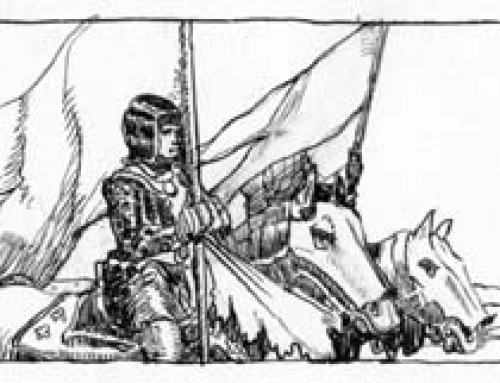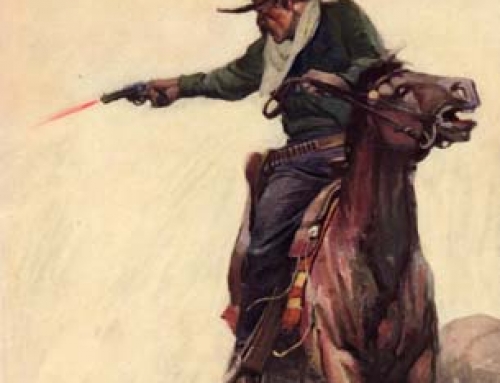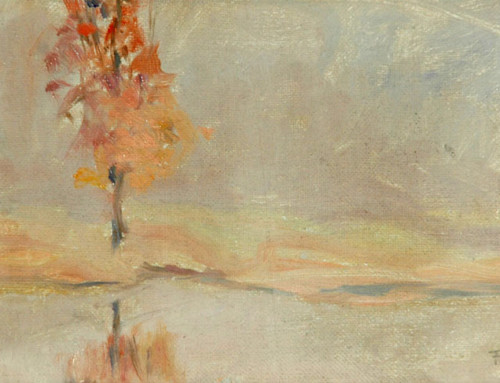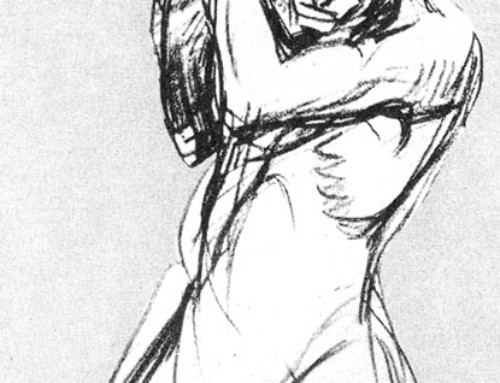| 886 |
| Battle of Cantigny |
| FES Title: | Battle of Cantigny | |
| Alternate Titles: | Cantigny: Where the Americans Won Their First Laurels |
|
| Date: | 08/12/1918 | |
| Size: | 30″H x 50″W | |
| Medium: | ||
| Type: | subject painting | |
| Published: | “Souvenir Pictures of the Great War.” The Ladies Home Journal, November 1918: 10. caption: Cantigny: Where the Americans Won Their First Laurels Beamish, Richard J. and Francis A. March, America’s Part in the World War, c.1919: 41. Morris, Charles, ed. Winston’s Cumulative Loose-leaf Encyclopedia: A Comprehensive Reference Book, Vol. 4. Chicago: The John C. Winston Company, 1921: frontispiece. Ianni, Francis A. World War One Remembered. Wilmington: Delaware Heritage Commission, 1993: 42. Harrington, Peter. “Images of the Great War.” American History, December 1996: 30-31. Harrington, Peter. “The Great War Paintings of Frank E. Schoonover.” Military Heritage, August 1999: 68. |
|
| Inscription: | ll: Frank E. Schoonover / 8-18 | |
| Annotations: | ||
| Exhibitions: | 2002 HSD | |
| Comments: | index; edit | |
| Commentary: | In 1918, Schoonover was commissioned as one of 13 studio artists to bring the scenes of World War I to the readership of the The Ladies Home Journal through a series called “Souvenir Pictures of the Great War.” He painted fifteen of the total 36 pictures published.
“Schoonover’s images ranged from heroic battle scenes and valiant acts to more peaceful scenes of prayer and repose.” (Harrington, 67) Sometimes they were painted only months after they actually occurred. He did not travel to the battle areas, but rather used photographs and articles in the newspapers, especially the New York Times, for his research. “Schoonover’s war pictures were remarkably successful considering that he was not an official combat artist.” (Collection of the Delaware National Guard label) His first of the series was the “Battle of Cantigny,” during which three battalions of the United States 28th Infantry, First Division, captured the strongly held village of Cantigny on May 28, 1918. “A tense moment in that fight has been vividly caught by Mr. Schoonover” (Souvenir Pictures of the Great War, 10) and “shows all the panaply of modern war with troops attacking the enemy amid the rubble of a village, with a tank and aerial combat taking place above.” (Harrington, 67) Schoonover worked a total of 202 documented days on the entire series. (day books) Depending on where he was working, the artist hired his favorite models to pose for the figures he needed: Russell Eshbach in Bushkill and John Weller and Mr. Ryan in Wilmington.
|
|
| Provenance: | Sold by artist to Delaware National Guard, New Castle, Delaware (March 9, 1959) | |
| Current Owner: | Delaware National Guard |






